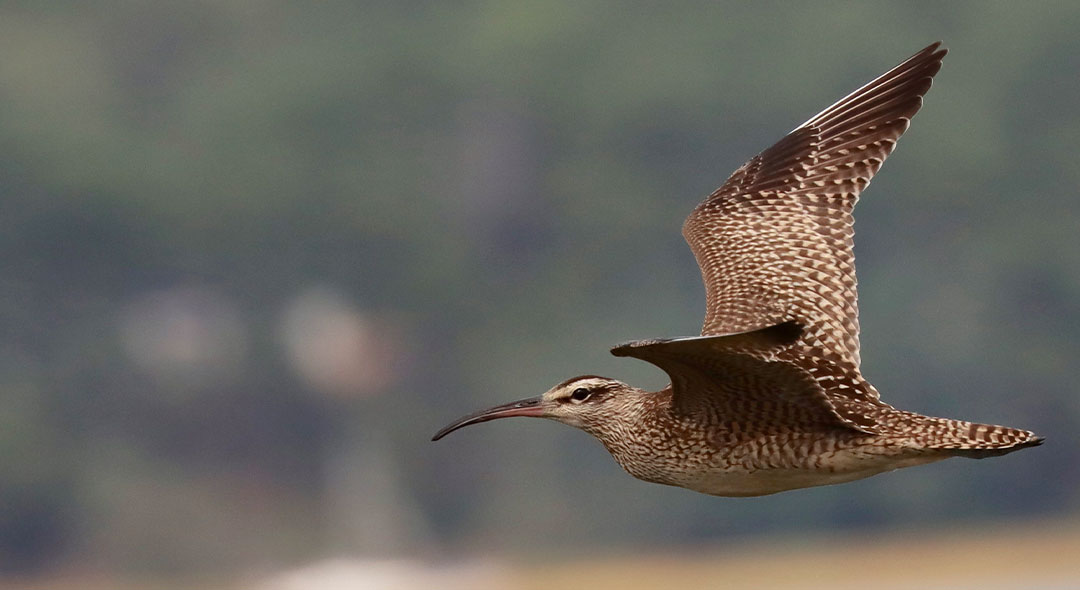Our 2016 banding season came to a close in mid-November and what a season it was! We’re working on a comprehensive summary for our January newsletter, but in the meantime, we wanted to share some of our initial numbers with you. This season, there were:
- 483 visitors educated
- 3,411 birds processed
- 74 species catalogued

The last day of the Fall Banding Season 2016.
Our Fall 2016 banders—Emily Renaud, Sarah Groendyk, Alex Bartolo, and Alan Kneidel—worked long and hard on all of the net runs, detailed data collection, and enthusiastic teaching!
The season started strong with Gray Catbirds and finished with 544 new individuals, our largest number since 2011 (including recaptured birds, we’ve handled 1,086).
We banded 13 new Carolina Wrens, up from fall 2015’s count of 7. Since the lab’s fall average is around 22, we wonder if our local population is still recovering from the harsh winter of 2014. Over the past two years, we haven’t captured any Carolina Wrens banded before that winter.

Blackpoll Warbler
Photo credit: Manomet Banding staff
It was probably a good breeding season for Black-capped Chickadees reflected by 331 newly-banded individuals, our highest number since 2010 (fall average over the last ten years is 143). This season’s Bell’s Vireo also deserves mention for being our 4th and one of less than 10 of these mid-west vagrants recorded in Massachusetts.
Our showing of Blackpoll Warblers was record-breaking with 319 new captures. That’s more than four times our average and easily beats season totals for the past 11 years! On the opposite end, we saw very few Myrtle Warblers. Only 30 new captures this fall, compared to an average of about 214. Why this huge shift? Are these changes related? Fortunately for us there’s only one way to answer these questions: more banding! And band we shall.
We look forward to sharing the complete report with you in January 2017. In the meantime, have a happy new year!





 Back to all
Back to all